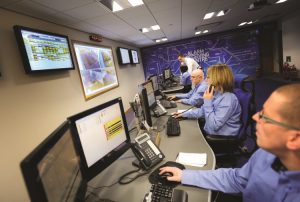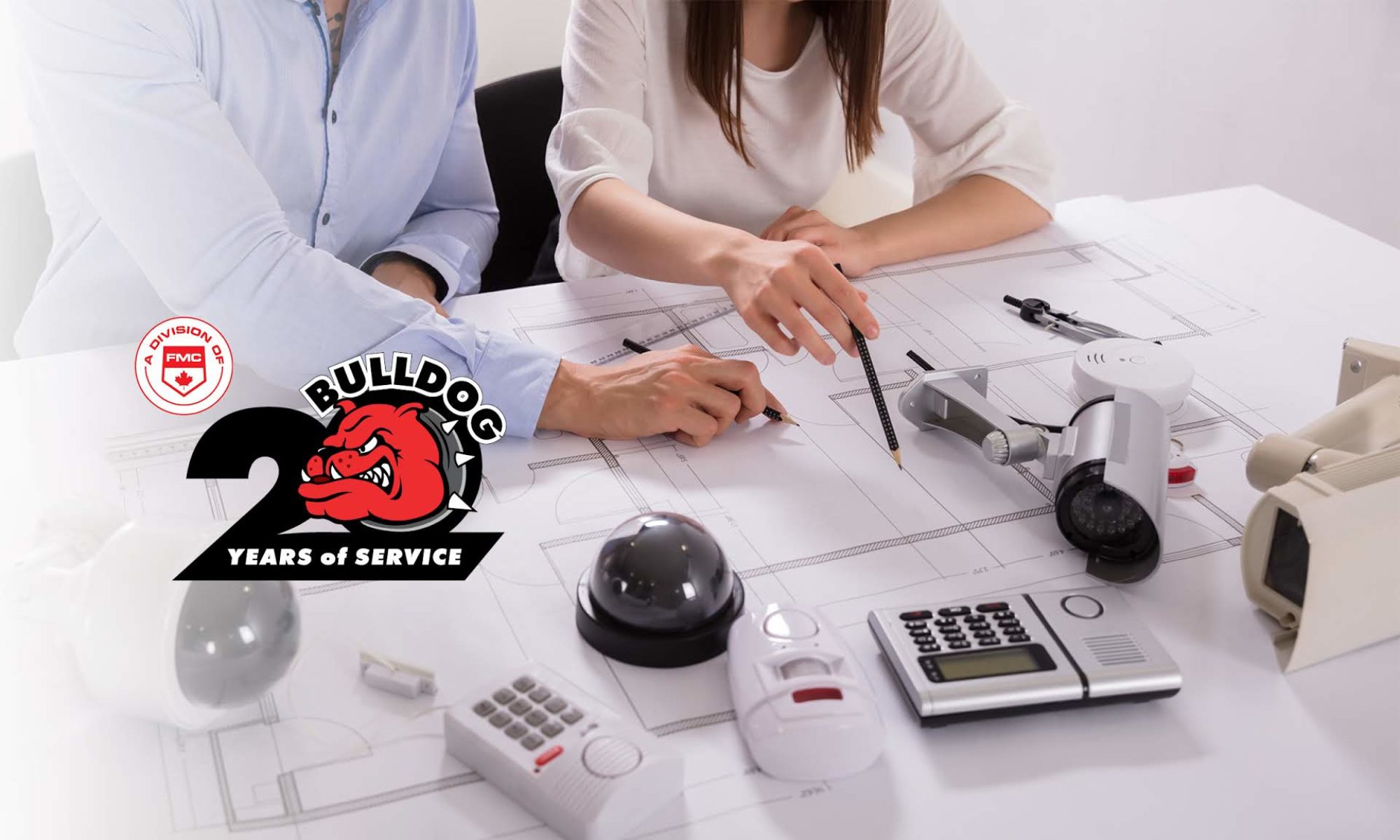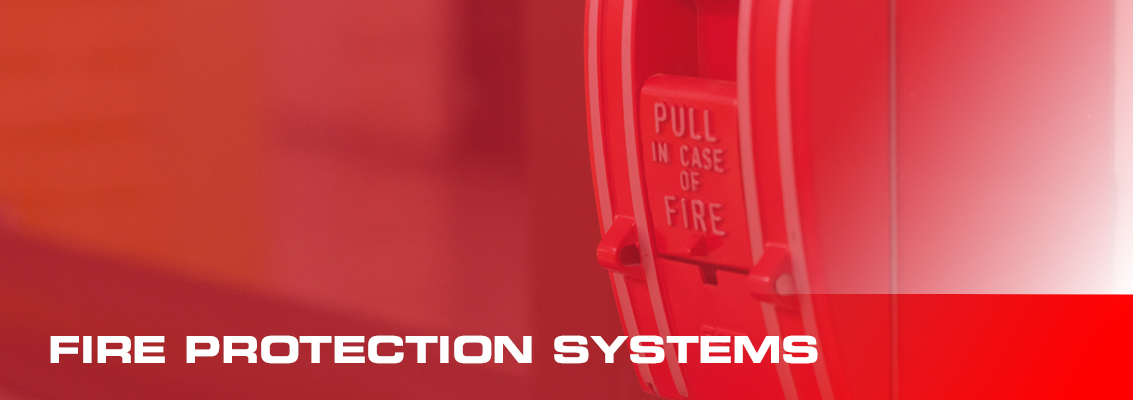The Fire Alarm System of your building is a crucial part of the life safety plan of your building; providing detection and notification of fire and other emergencies. Regardless of whether your building is in the construction phase or is an existing structure, Bulldog Fire and Security can install a fire alarm system in your building. All of the products used are ULC approved and will be installed by our in house CFAA trained technicians who will ensure that the system meets all applicable building and fire codes.
Types of Fire Alarm Systems
There are two primary types of fire alarm systems, conventional and addressable. While both interact with devices and other components in a similar fashion, they differ in how they are connected.
- Conventional: A conventional fire alarm system connects the control panel with each device on a separate wire, and are typically set up on zones. This way, when a device is activated, the system can identify the zone, and help narrow down the location of a potential fire. For example, if your building has four floors and each floor is set up as a zone, the fire department can identify which floor the fire is located on based on the zone that is activated.
- Addressable: An addressable fire alarm system assigns a unique address to each device on the system. This means that you can identify the exact location of an activated device and advise fire personnel. All of the devices within a building are connected on one wire that is looped to the control panel. Because of this, if one end gets damaged, the system can still send communication to the control panel through the other end of the loop. These systems are very customizable, and are generally used for large buildings or complexes.
Components of a Fire Alarm System
A fire alarm system is made up of several different input and output components, including:
- Control Panel – this is the brain of the system, and is the central hub that monitors inputs. The control panel also controls output actions and sends information to notification devices.
- Power Supplies – when it comes to powering your fire alarm system, both a primary and back up power sources are required.
- Initiating Devices – these devices transmit a signal to the fire alarm control panel indicating that there is a possible fire. There are two types:
- Automatic – automatic devices are typically detectors that can measure or identify the presence of smoke, heat, CO2, and flame. Examples include smoke or carbon monoxide detectors.
- Manual – manual devices require a person to activate them. These include items such as pull stations or alarm buttons.
- Notification Appliances – notification appliances are audible and visual signalling devices that alert building occupants of a fire. Sirens, speakers, and strobes (flashing lights) are all examples of notification appliances.
- Building Safety Components – these components allow the fire alarm system to control aspects of the building environment. These typically are used to help people exit the building safely, such as exit lighting or ventilation systems.
Additionally, systems may also include sprinklers, fire doors, and elevator recall activators, among many others. They may also be integrated with your building’s security system or other smart building technologies.

Certified Installation Services
Our team of technicians have many years of installation experience and will collaborate with our Customer Service Representatives to design and install a solution that is right for your building. All of our technicians are CFAA certified and are well versed on installation, inspections, programming, and repairs.
Whether you need a new Fire Alarm System or an upgrade to your current system, Bulldog Fire and Security can provide you with a customized solution to fit your every need.
Fire Alarm System Inspections
A fire alarm system is a critical life safety component of any building. As a result, it’s essential that your fire alarm system be inspected and maintained on an annual basis to ensure that the system is operating as intended. These inspections are also used to reveal deficiencies within the building’s fire alarm system.
Fire alarm inspections are required to ensure that all existing alarms are compliant with the Ontario Fire Code. This code requires that a fire alarm system, with or without voice communication capability must be inspected and tested in conformance with CAN/ULC-S536.
The Bulldog Fire and Security’s Team of CFAA Service Technicians can facilitate fire alarm system inspections for a wide variety of building types.
Fire Alarm Monitoring

Through our partners at Fire Monitoring of Canada, Bulldog Fire and Security can provide fire monitoring services through our Underwriters Laboratories of Canada (ULC) listed Signals Receiving Centre (SRC). Our fire monitoring solutions are ideal for facilities such as hospitals, schools, high-rise residential units or any commercial and/or industrial building that is required to be monitored under the Fire Code.
- All products used are ULC compliant
- Monitoring can be installed to your existing ULC-listed fire alarm transmitter or sprinkler system.
Learn More
- How To Choose the Right Fire Alarm System for Your Building
- Different Types of Fire Alarm Systems
- 4 Ways To Reduce False Fire Alarms

